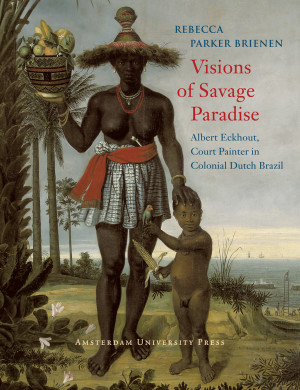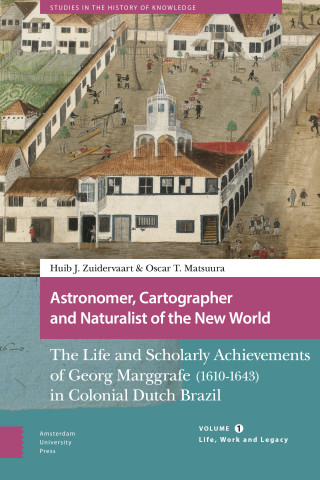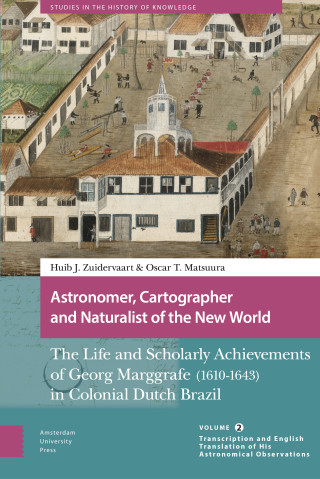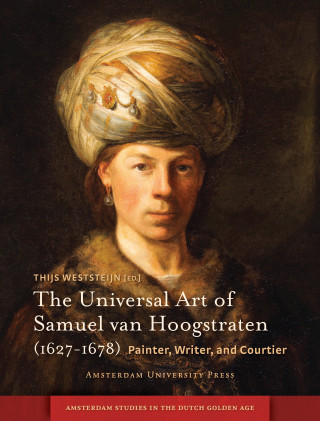Rebecca Parker Brienen's splendid Visions of Savage Paradise gives us
much to be grateful for. It provides a thorough and imaginative study
of Albert Eckhout's Brazilian paintings and oil studies; it tackles
several important questions pertaining to colonial art and empire; and
it explores such rich topics as "scientific" illustration, ethnographic
representation, and colonial display. Not least, it brings together in
one volume far-flung images from Copenhagen, Krakow, Dresden, and
Berlin, along with superb graphic material from seventeenth-century
imprints--all excellently reproduced. This is a learned and rewarding
book sure to interest scholars of colonial and visual studies, Dutch
Golden Age art, and early modern history.
Benjamin Schmidt
School for Historical Studies
Princeton University
Rebecca Parker Brienen's Visions of Savage Paradise is undoubtedly the most significant study to date of Albert Eckhout's fascinating depictions of Brazlian imagery. For Eckhout's paintings and drawings of this subject matter have long baffled art historians and ethnographers alike. As Parker Brienen amply demonstrates, the artist's Brazilian representations have been traditionally viewed as ricordi, a perspective that raises more questions than it answers. By contextualizing the material within the broader framework of the early modern European understanding of non-European peoples in general and the Dutch experiences in Brazil in particular, Parker Brienen arrives at a much more nuanced and, ultimately, convincing analysis of Eckhout's seemingly enigmatic work. Thus, her book should enjoy a wide readership, engaging not only lay persons but scholars representing a host of different disciplines.
Wayne Franits
Professor and Chair
Department of Fine Arts
Syracuse University
Brienen’s study meets a vital need in the scholarship on seventeenth-century Dutch art, one that has grown more urgent as the interest in Eckhout has increased in recent years.
She examines his significant pictorial record of early modern Dutch Brazil, from the stunning natural history drawings recently rediscovered in Krakow to the still lifes and provocative life-size figures. Usefully placing Eckhout’s figural representations into the longer context of European representations of indigenous Americans and Africans, she critically re-examines past interpretations of this important painting cycle, particularly with regard to the notion of a hierarchy of relative civility, and evaluates new evidence to argue for its disposition within Johan Maurits’ palace of Frijburg in the colony’s capital city of Mauritsstad. The book provides a fuller and even almost poignant understanding of the role of these paintings for the governor-general who commissioned the works, then gave them away to his cousin the King of Denmark in 1654 when the Dutch colony was lost to the Portuguese, and finally in his last years asked for them back, nostalgically recalling the former days of his much-vaunted colonial enterprise.
Julie Berger Hochstrasser
Associate Professor
Early Modern Northern European Art
School of Art and Art History
The University of Iowa





